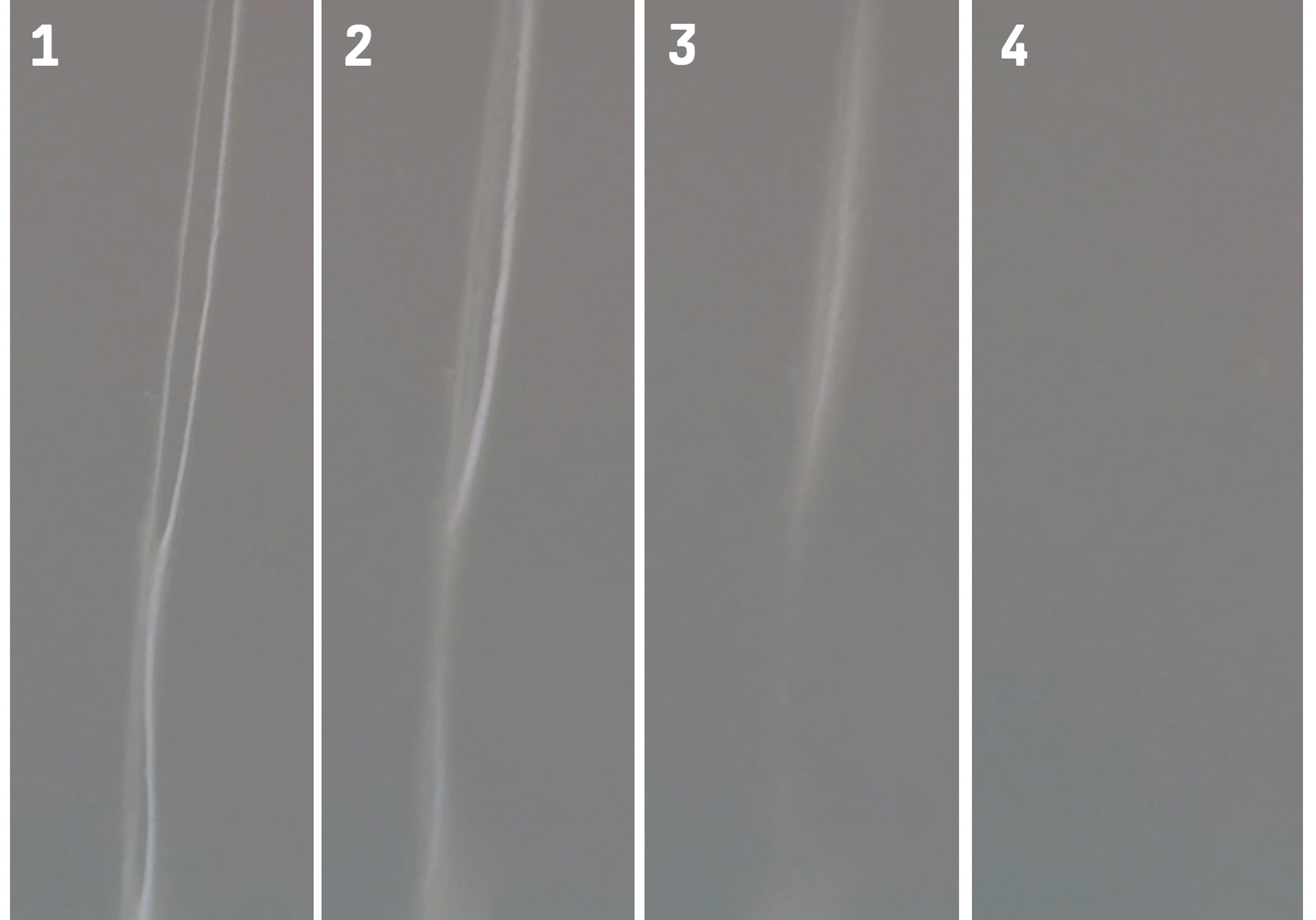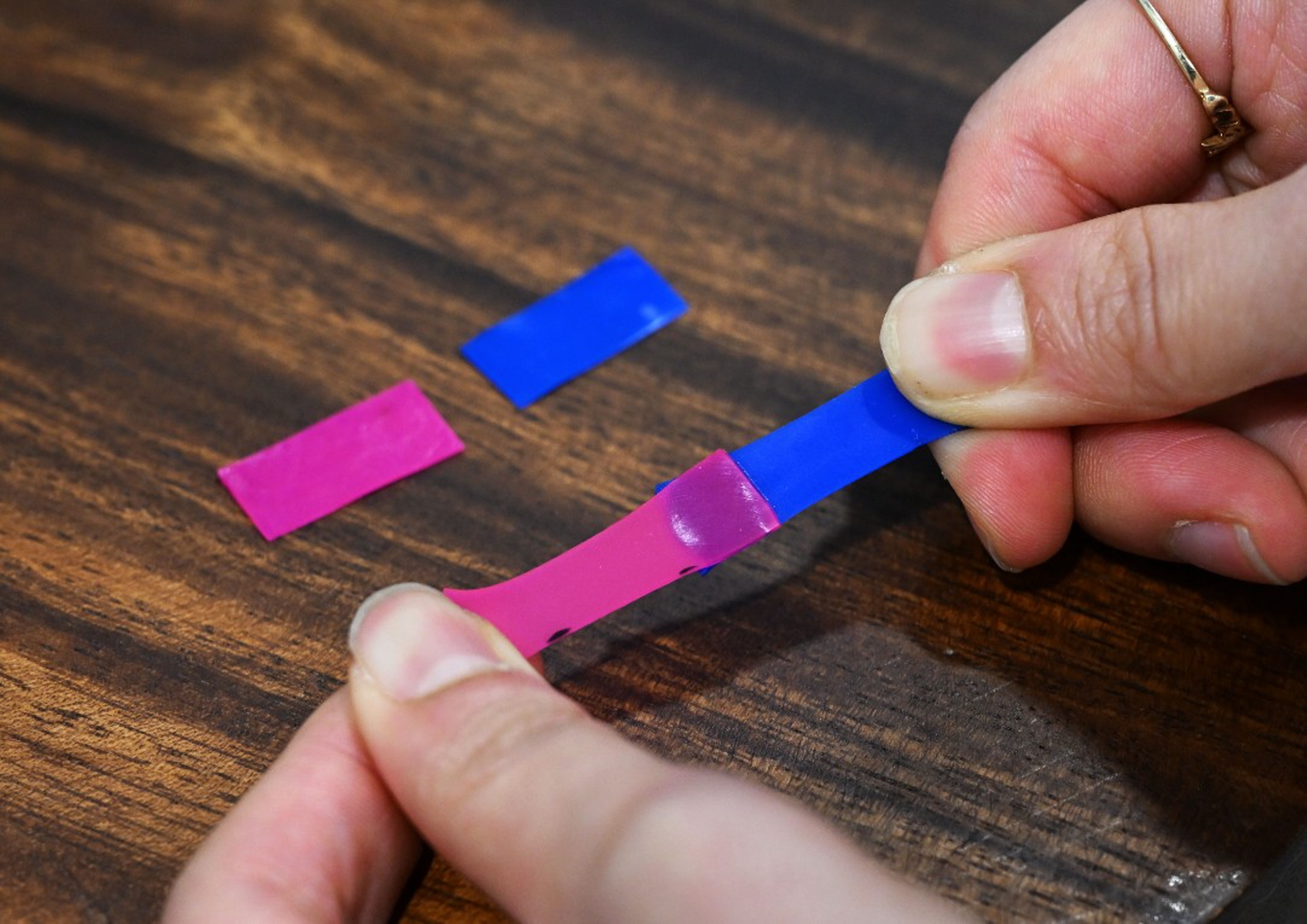
The researcher scratched a small lens. However, the scratched lens returns to its original state due to the chemical reaction of a specially coated agent. The scratch disappears entirely. This technology was demonstrated as a self-healing technique for restoring vehicle exterior scratches at Hyundai’s new technology event, ‘Nano Tech Day.’
On the 20th, Hyundai Motor hosted the ‘2023 Nano Tech Day’ in Myeongdong, Seoul, unveiling new nano technologies for future mobility. One nanometer is one billionth of a meter, which is one-hundred-thousandth the thickness of a human hair. Inspired by the butterfly effect, where small changes in an initial condition can lead to significant differences, the event focused on nanotechnology. It emphasized the importance of technological prowess at the material level in creating competitive advantage in the rapidly changing mobility industry.
Among these, Hyundai’s self-healing polymer coating technology has garnered attention. The self-healing technique involves a reaction whereby parts coated with self-healing materials return to their original state when damaged. Global brands like Nissan and BMW already utilize this technology, which restores scratches when the exterior is damaged. However, Hyundai’s technology stands out because it operates at room temperature.
Researcher Yeo In-woong explained, “While Nissan and BMW require heat to activate their self-healing technology, we have developed ours to react at 25 degrees Celsius.” Hyundai’s self-healing technology induces a response with minimal energy, allowing self-restoration at low temperatures.
Yeo emphasized, “Self-healing technology will be applied to driving assistance systems, including front cameras and LiDAR sensors. It will enable the recovery of scratches on cameras and LiDAR, facilitating the advanced operation of the vehicle’s driving support without issues.”
However, questions arose regarding the recovery capacity during winter, given that it restores at room temperature. Yeo clarified, “It restores within two hours at 25 degrees Celsius, but in winter at minus 10 degrees, it takes about a day for restoration.”

Lee Sang-jin daedusj@autodiary.kr

